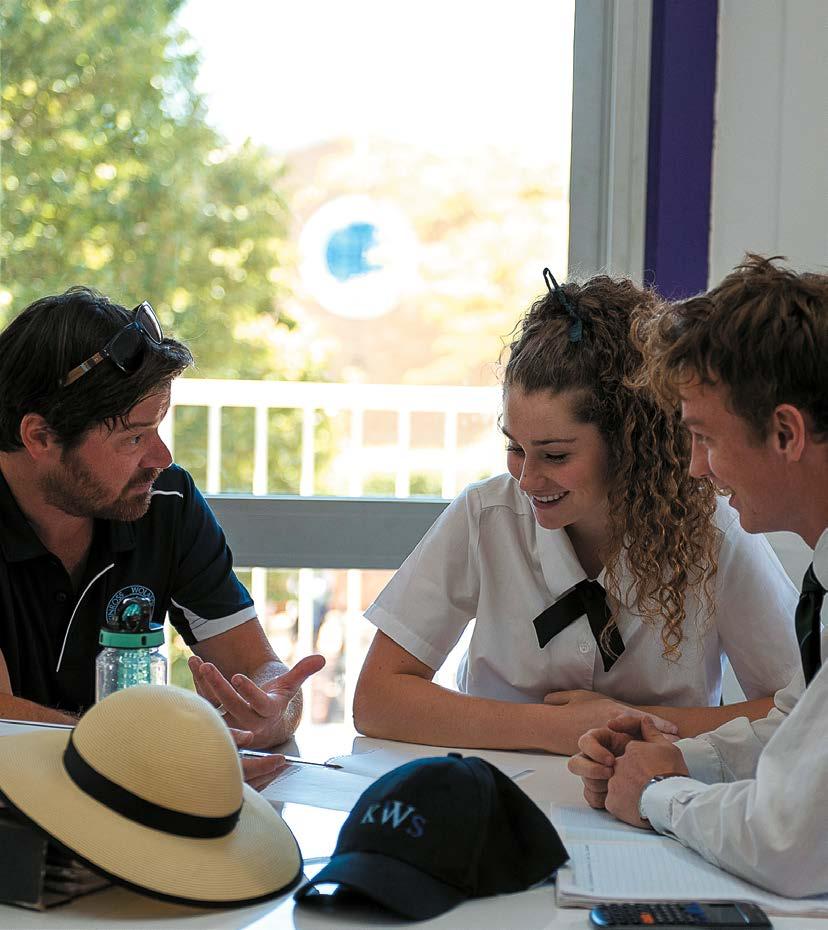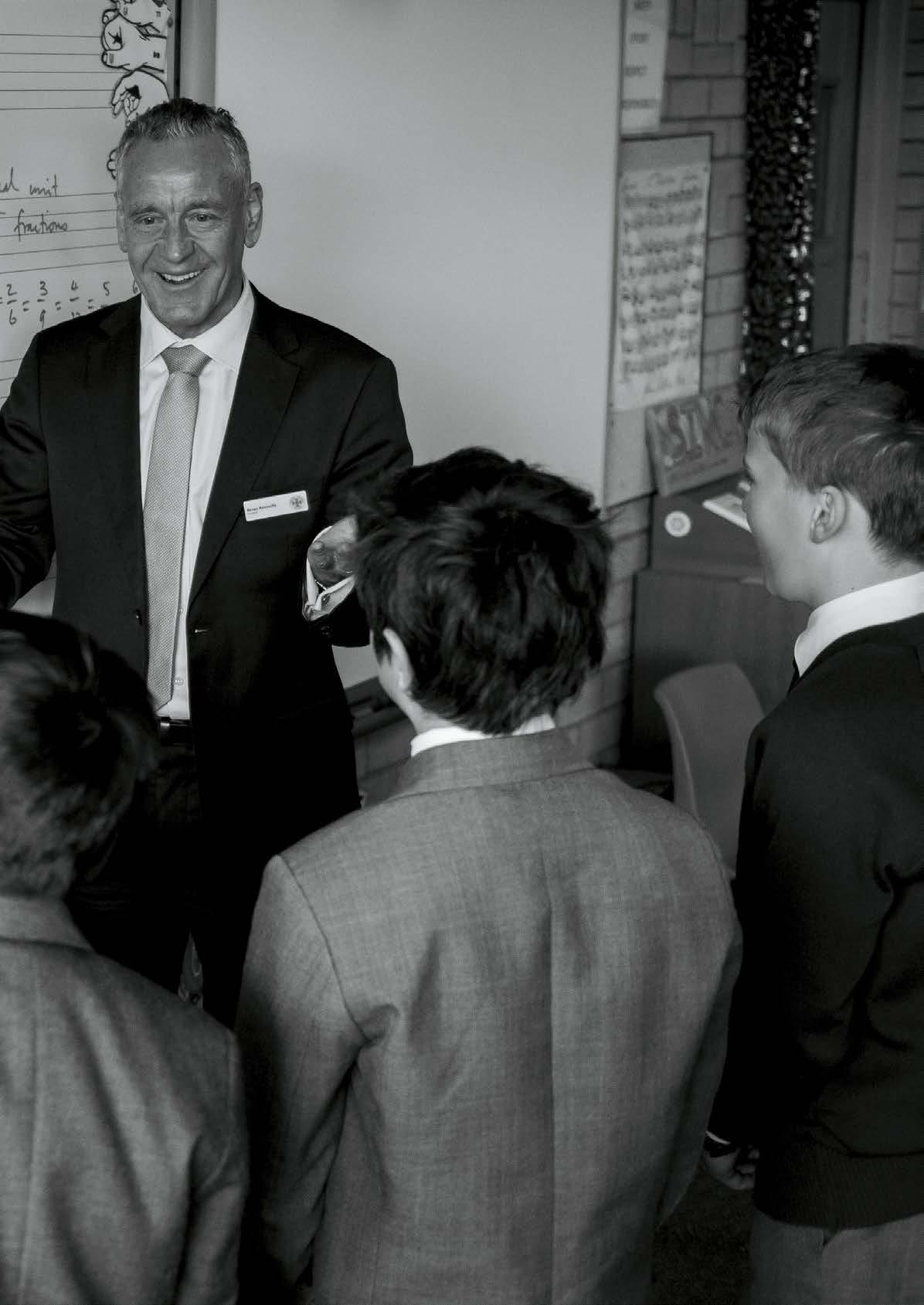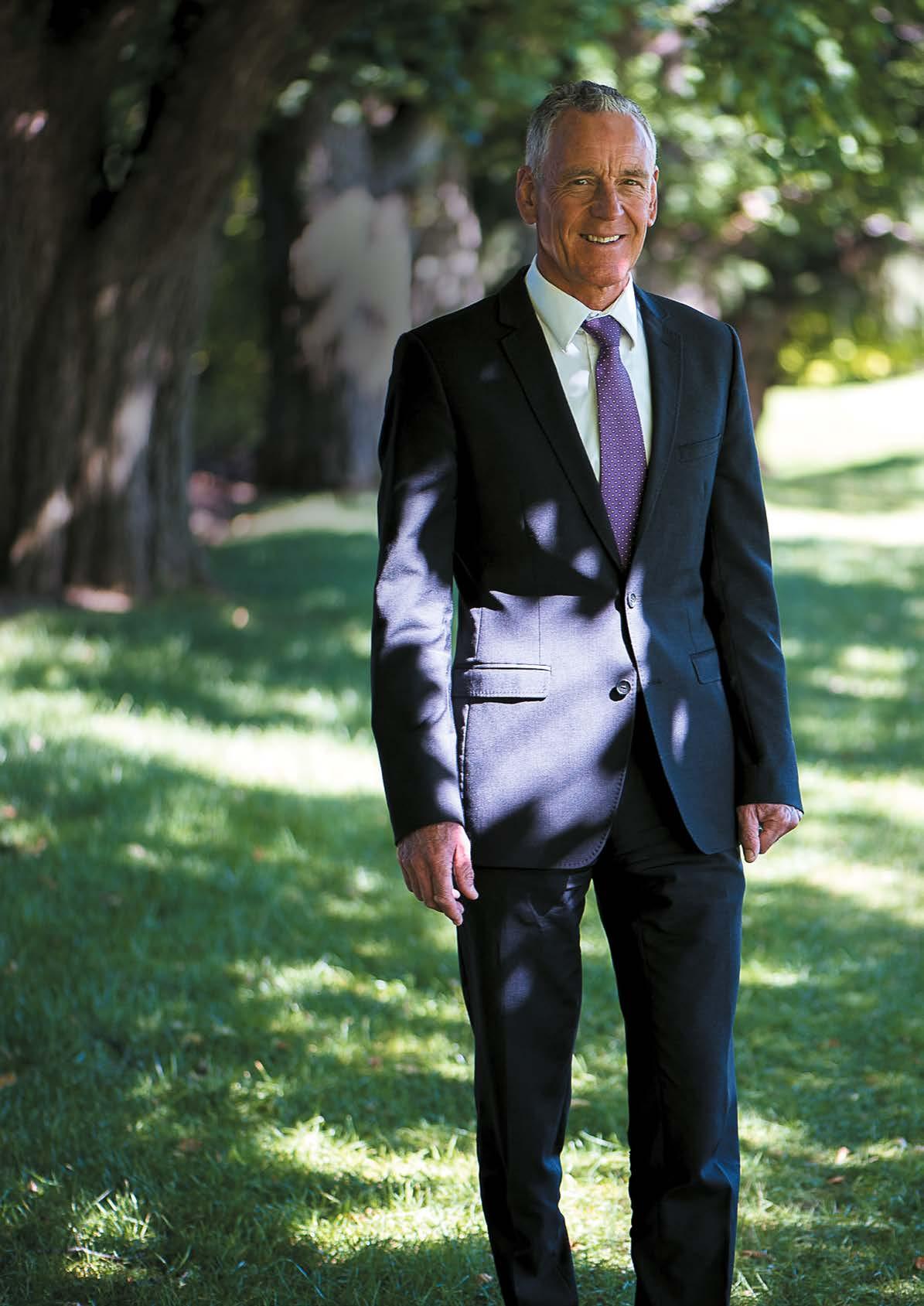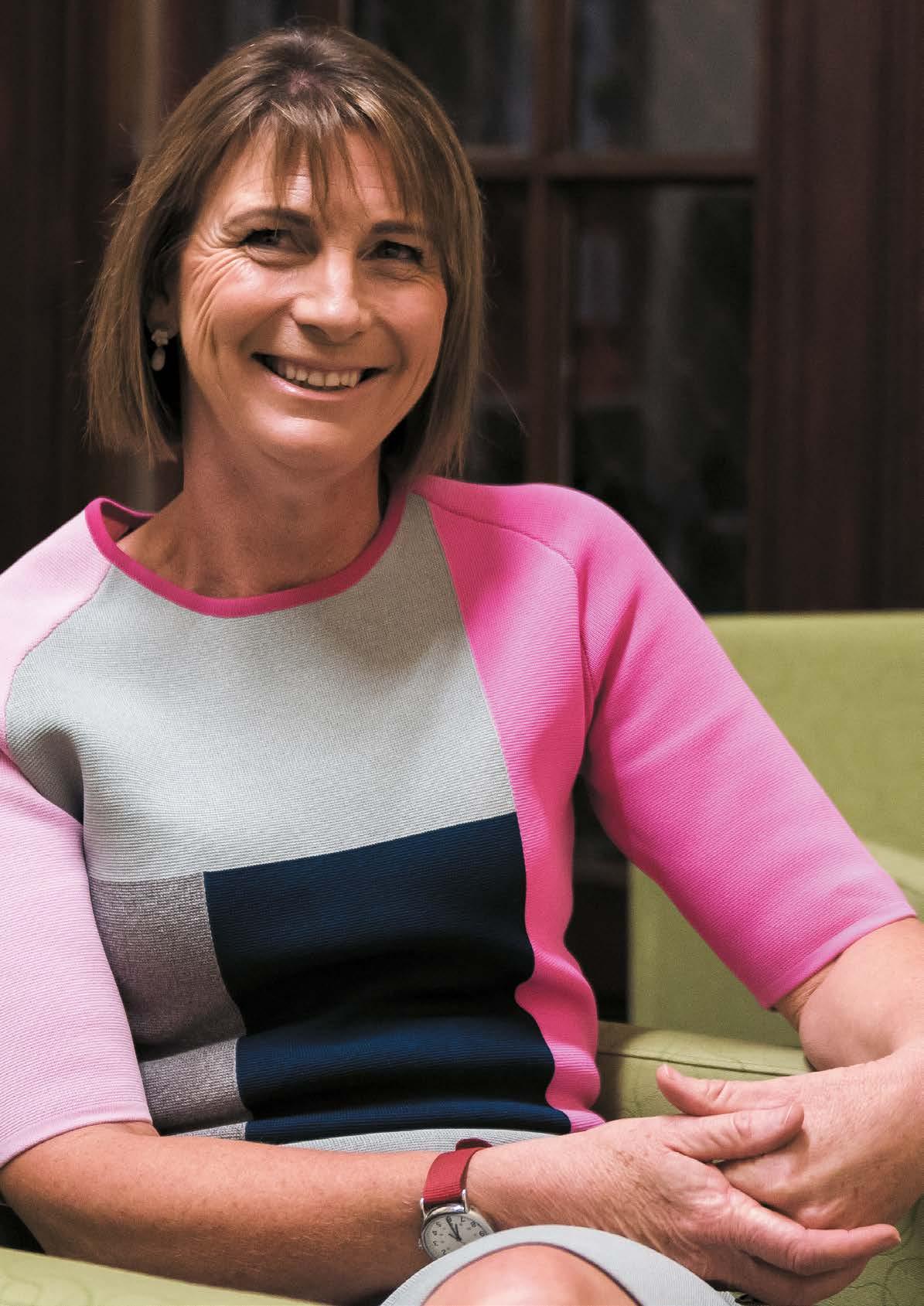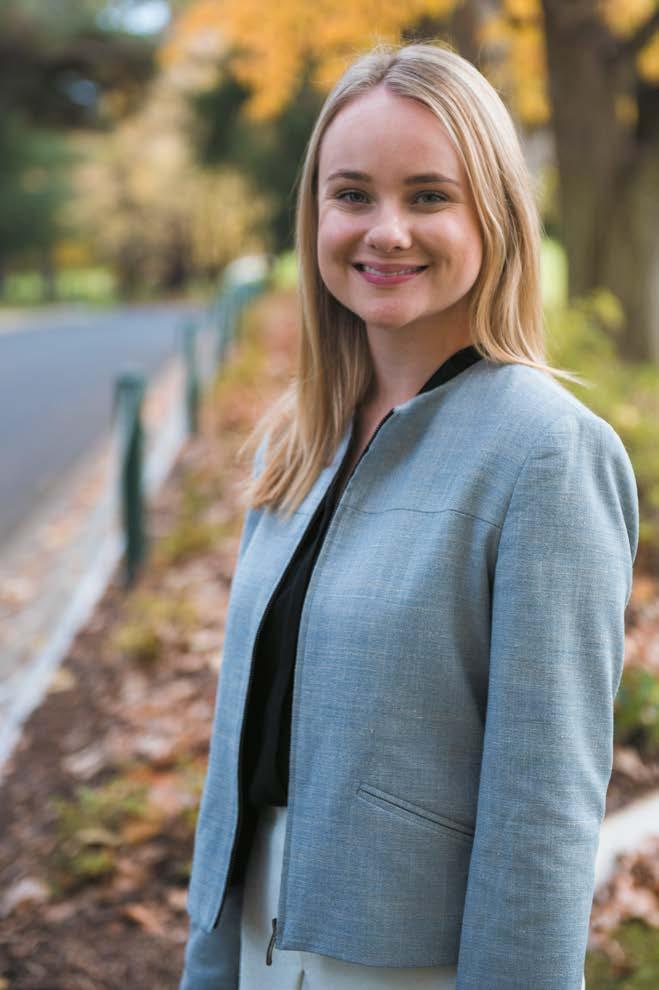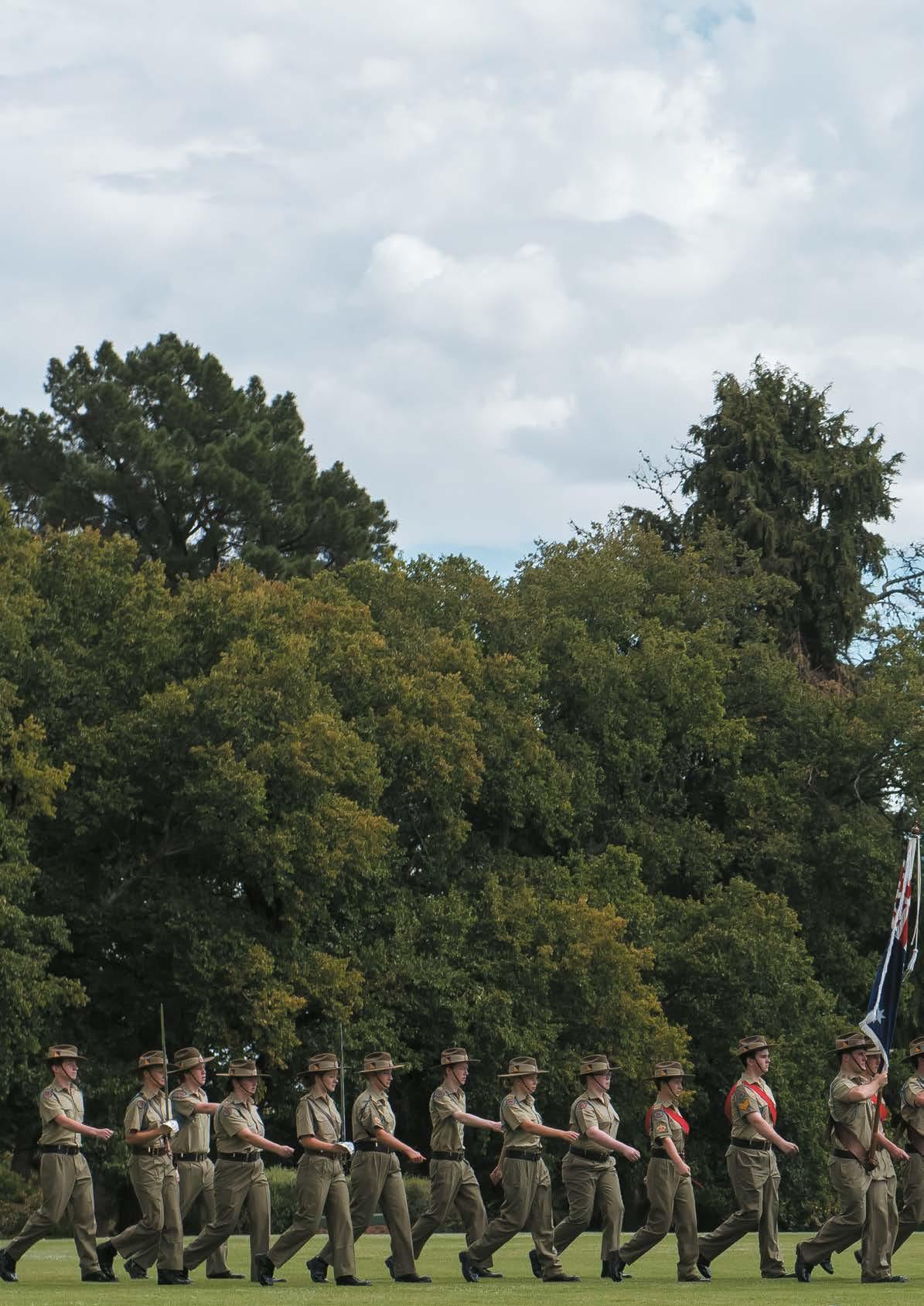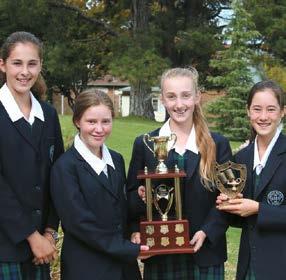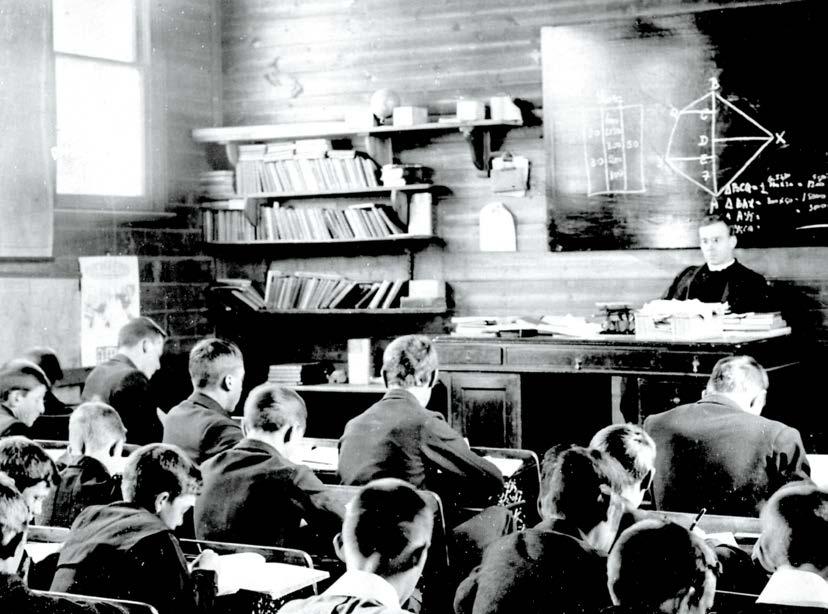
20 minute read
Features
On Wednesday 27 January, the 2016 academic year opened to celebrations acknowledging 130 years of education with a special assembly commemorating this significant milestone.
130 YEARS OF EDUCATION
— 1900s Wolaroi Grammar School classroom
The history of the School has been well chronicled, with documented triumphs and hardships throughout the years serving only to add to the rich fabric of the School as we know it today: the legacy of the first Principal, Mr TH Richards, who had the foresight to recognise the need for a private boys’ school in Orange in the late 19th Century.
On the corner of Byng and Sale Streets, the small school known as Weymouth House was opened on 27 January, 1886. Mr Richards was the sole teacher and owner, having come to Orange from All Saints College, Bathurst.
The School was an immediate success and a larger site was soon necessary. In 1893, the School was relocated to the Wolaroi Mansion and grounds, built by local solicitor, Mr JC McLachlan and his wife Dora, in 1884. The name was changed to Wolaroi Grammar School.
In 1913, Mr Charles R Campbell secured the property and became the third Headmaster. In 1925 however, Mr N Connell who had succeeded Campbell as Headmaster, left Orange and the School was closed. This provided an opportunity for the Methodist Church to purchase the property and assure the continuation of a boys’ college in the west, and so it was that western Methodists and people from all denominations raised with “splendid enthusiasm” enough funds to secure Wolaroi in order that it might once again be a school.
The Methodist Church changed the name to Wolaroi College and classes began in 1926 under the direction of Principal, Mr Stanley Brown. Wolaroi College continued to serve an obvious need in the community for almost 50 years. In the meantime, the Presbyterian community realised there was a great need in the western area for a girls’ school that could provide an education based on Christian principles. In response to this need, Presbyterian Ladies’ College (PLC) Orange, was opened in 1928 on a 43 acre property known as “Campdale”, on the western outskirts of town, with Miss Eleanor Linck as first Principal.
PLC Orange had been opened for eight years when Miss Ina Miller became Principal in 1936. For the next 33 years, Miss Miller’s personality and determination dominated the School and set very high standards for the student body.
In 1973, during a period of great change in society’s attitudes towards education, both Wolaroi and PLC decided independently to become coeducational and PLC Orange changed
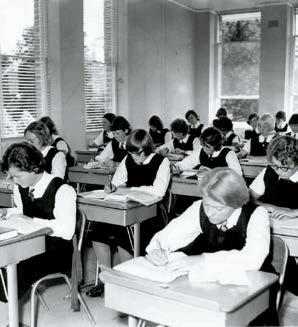
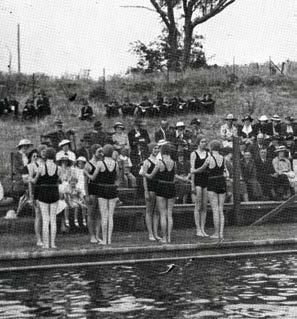
its name to Kinross School. Wolaroi was in financial difficulty and the Methodist Church approached the Presbyterian Church with a view to Kinross School assuming responsibility for Wolaroi. The Kinross School Council accepted this challenge and in 1975, the newly amalgamated schools became Kinross Wolaroi School.
In 1977, Kinross Wolaroi School became a Uniting Church School following the creation of the Uniting Church in Australia.
After some initial difficulties, the School flourished. This era of development and change in the direction of the School came under the administration of the new Principal, Mr Allan Anderson.
Mr Anderson, with the assistance of School Councillor Mr Derek Pigot, and newly appointed Bursar, Mr Joe Donnelly, implemented severe financial controls together with an aggressive marketing strategy in central and western NSW which saw a significant growth in the School’s population.
After a significant growth phase the School entered a time of consolidation. An ambitious building program ensured continued improvements to the School’s infrastructure and an extensive array of co-curricular activities saw students involved in a comprehensive program of sport, drama, music, arts, cadets and special programs such as the SES volunteers unit and the Duke of Edinburgh Award programs.
By 1988 the School population had grown to 728 students and was by now the largest co-educational independent boarding school in NSW comprising 384 boarders.
New Zealand born Rev David Williams was appointed as the third Principal of Kinross Wolaroi School and commenced his role in 2002. In 2007, Mr Brian Kennelly succeeded Rev Williams as the fourth Principal of the School and under his leadership, the School has continued to flourish and remains firmly committed to providing students with the opportunity to thrive.
As the School celebrates 130 years of education, we reflect on our humble beginnings to our current position as one of the leading independent coeducational day and boarding schools in regional Australia. We will continue our celebrations throughout the year to mark this important milestone in the history of the School.
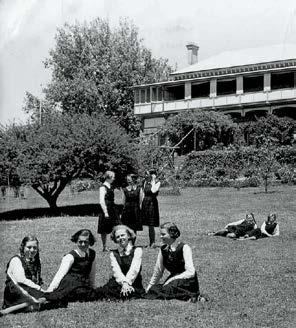
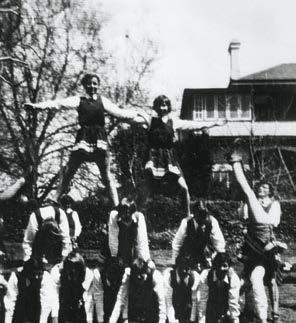

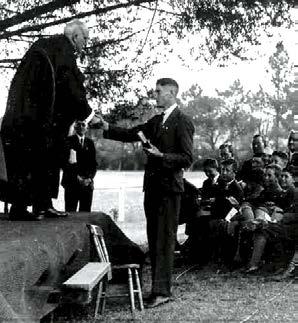
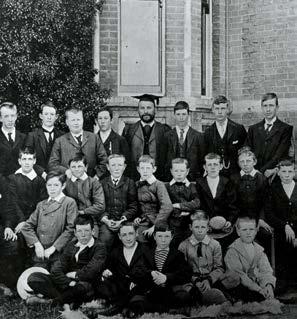
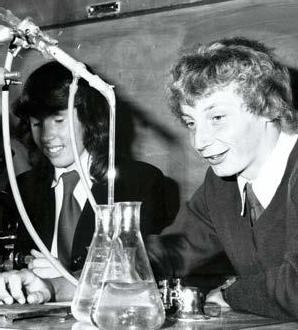

TIMELINE 27 January 2016 marked the 130 Year celebrations of the School and a time to reflect on our humble beginnings and journey to becoming one of the leading independent co-educational day and boarding schools in regional Australia. 1886 Principal Mr Thomas Henry Richards opened Weymouth House on the corner of Byng and Sale Streets, Orange on 27 January 1893 Wolaroi Grammar School moved to Bathurst Rd, Orange
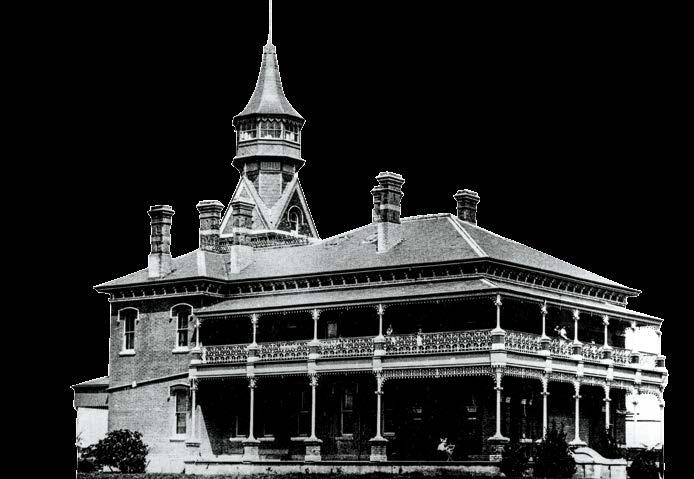
1988 KWS becomes the largest co-educational independent boarding school in NSW
1989 Indoor Recreation Centre opened 1986 New Classroom wing at the Prep School opened and named the ‘WDJ Dean Building’
1991 Music Centre opened
1997 New Library and ICT Centre opened
2001 Anderson Centre opened
2002 Principal Rev David Williams appointed (2002-2006) 2004 Rowing introduced at Spring Creek 1982 PLC site purchased by the Uniting Church and once again becomes part of the KWS operation School population doubled
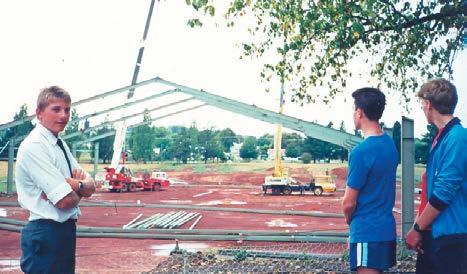
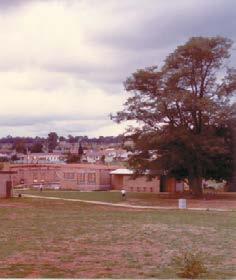
1984 Cow/Calf Program launched Eric Solling Memorial Swimming Pool officially opened
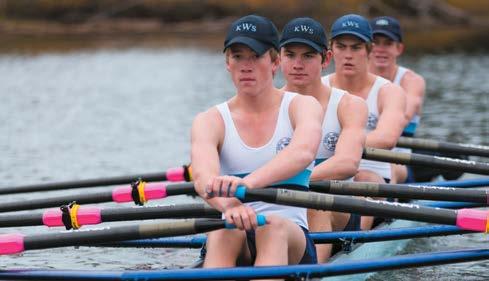
2007 Derek Pigot Auditorium opened Principal Mr Brian Kennelly appointed
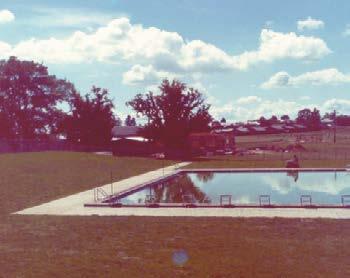
2005 The new DH Prest Administration Building officially opened

1925

Wolaroi Grammar closes
1978 Principal Mr Allan Anderson appointed (1978-2001) KWS advised that the School be consolidated onto one central campus at the Wolaroi site and that the former PLC site be closed and sold Use of the PLC site ceased at the end of 1978 and its sale advertised in early 1979
1981 Annual Year Book “The Tower” established 1926 Wolaroi College officially opens following its sale to the Methodist Church
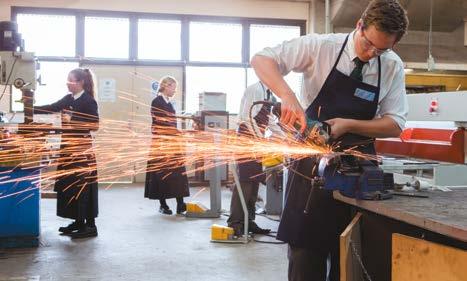
1977 The Wolaroi Cadet unit was reformed Uniting Church is formed and affiliation began 1928 Presbyterian Ladies’ College (PLC), Orange opened 7 February
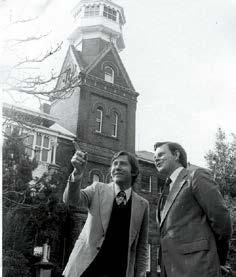
1975 Kinross Wolaroi School established following the merger of Wolaroi College and Kinross School 1952 War Memorial Classrooms opened
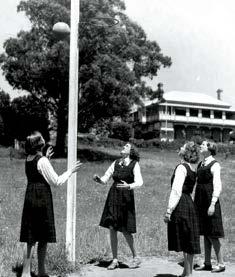
1968 DH Prest Hall constructed
1972 Discussions commenced between PLC Orange and Wolaroi to trial co-educational classes
1973 Both Schools choose to operate independently PLC Orange remodels its image to become the co-educational Kinross School
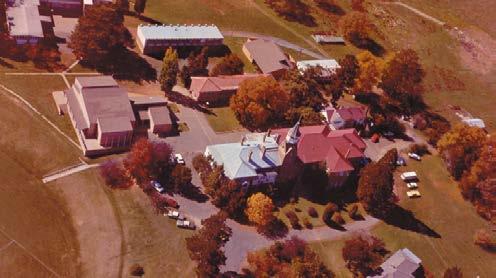
2015 New Wolaroi Boarding House opened The Robyne Ridge Centre officially opened at the PLC site 2016 School population reaches 1129 including 317 boarding students
2010 New Preparatory School Classrooms opened 2013 Dr Sharyn Pussell Science Block completed

NEW DIRECTION FOR AGRICULTURE
Agricultural studies have long been an important component of the whole-of-person education which KWS takes pride in offering. Not only is it a reflection of the beauty and productivity of our local environment but it is central to one of our core missions; – to serve and support our regional families and communities. It is a focus which is about to become much stronger.
— Wool classing at Wolaroi College T he School Council and Senior Management have been working for some months on a plan to better integrate our farms and livestock assets into our daily school operations. The School can now confirm it has committed to developing and delivering a vibrant, integrated cross-curriculum agricultural program from K-12, centred on the operations of a commercial farm. It is the first step in a complex long-term undertaking but one which promises to deliver unique learning opportunities for our students.
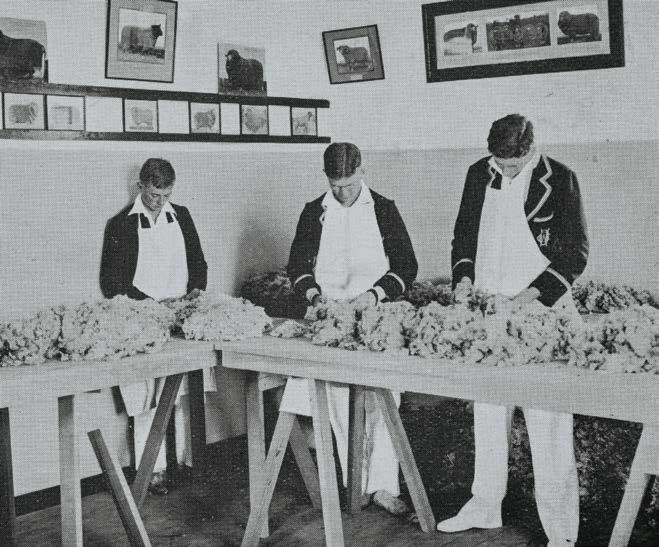
The Concept
The opportunity to maximise the value of the School’s farm resources to benefit all stages of learning and develop a sector-leading program to meet the needs and interests of students in a modern and innovative learning environment has been a key focus for KWS in 2016. As with any project, the specific elements of an enhanced agribusiness strategy will take some time to develop. It will only be after a detailed examination of the School’s existing programs across the areas of academic studies, co-curricular programs and vocational opportunities, that a comprehensive strategic plan can be developed. A cross-faculty team of KWS teaching staff and management is considering these issues at present.
Whatever the final form of the agribusiness strategy there is no question there is a need to develop an innovation agenda in agribusiness education. The farmer of the future will need to be capable of working effectively with technology, nature and with others in industry. The operation of a viable commercial farm will form a key component of the program. The interdisciplinary approach will have many benefits such as increasing the stock diversity, expanding current farm operations and allowing students to build on their own farm experience and skills. This wider focus will allow students to explore more in-depth learning across a greater variety of specialist topics. It is an exciting project with enormous potential to engage our whole School community.
— Old map of Wolaroi College
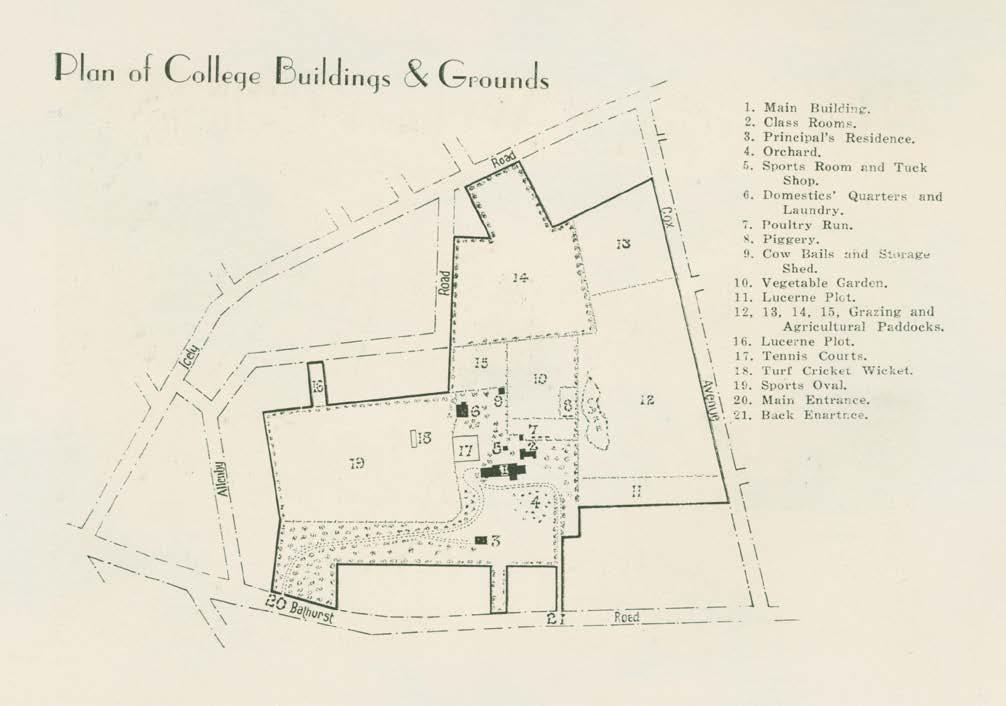
Current Programs
The School operates a successful Angus stud and commercial operation on four properties in the Blayney district. For a quarter of a century the School’s “cow/calf” program has been an important source of support to the School from the school community and has sustained a vibrant and wellregarded cattle co-curricular program. That program will continue and has now been expanded to include opportunities for more of our students.
In addition, the School Council’s oversight of our farms has recently been enhanced with the establishment of a specialised Farm Steering Group which will provide expert advice to guide the best-practice management of the properties and livestock programs. The group is chaired by School Council member and veterinarian, Dr Sarah Holman, with the assistance of wellrespected industry representatives, Mr Derek Hubert and Mr Stuart Green. Derek and Stuart will be familiar to many members of the school community.
Brought up on a beef and stud cattle farm in Rhodesia, Derek moved to Australia in 1981 and managed a number of mixed farming enterprises in the Tablelands concentrating mainly on beef cattle, but also wool and meat sheep, and some cropping. Derek moved to Orange in 1993 to take up managing Kangaroobie. This enterprise has grown from the original 1,000 hectares to the present 7,000 hectares and now runs 2,500 commercial cows, the 500-head Gilmandyke Angus Stud, 2,500 Merino ewes and around 1,200 hectares of cereal and oilseed crops. Derek’s two sons, Peter and Sean, both had very successful educational experiences in the classroom and on the sports fields at Kinross Wolaroi School. Derek is excited by the opportunity to assist the Farm Steering Group. “I think there is a bright future for Agriculture, and there will be many opportunities in agriculture for young people going forward. Exposure to all the possibilities as students will help them find a niche in the immense diversity of jobs in the agricultural field, if that is their chosen profession.”
Stuart’s focus at Chesney Pastoral is on pasture performance, resilience and grazing management. Stuart is passionate about farming being a professional business, which balances the goals of landscape and livestock sustainability with profitable outcomes. Stuart is excited to be a part of this Steering Committee as he sees Agriculture as being an amazing work, lifestyle and business opportunity for any student who aspires to a career in this field.
— Agriculture student Wolaroi College 1960s
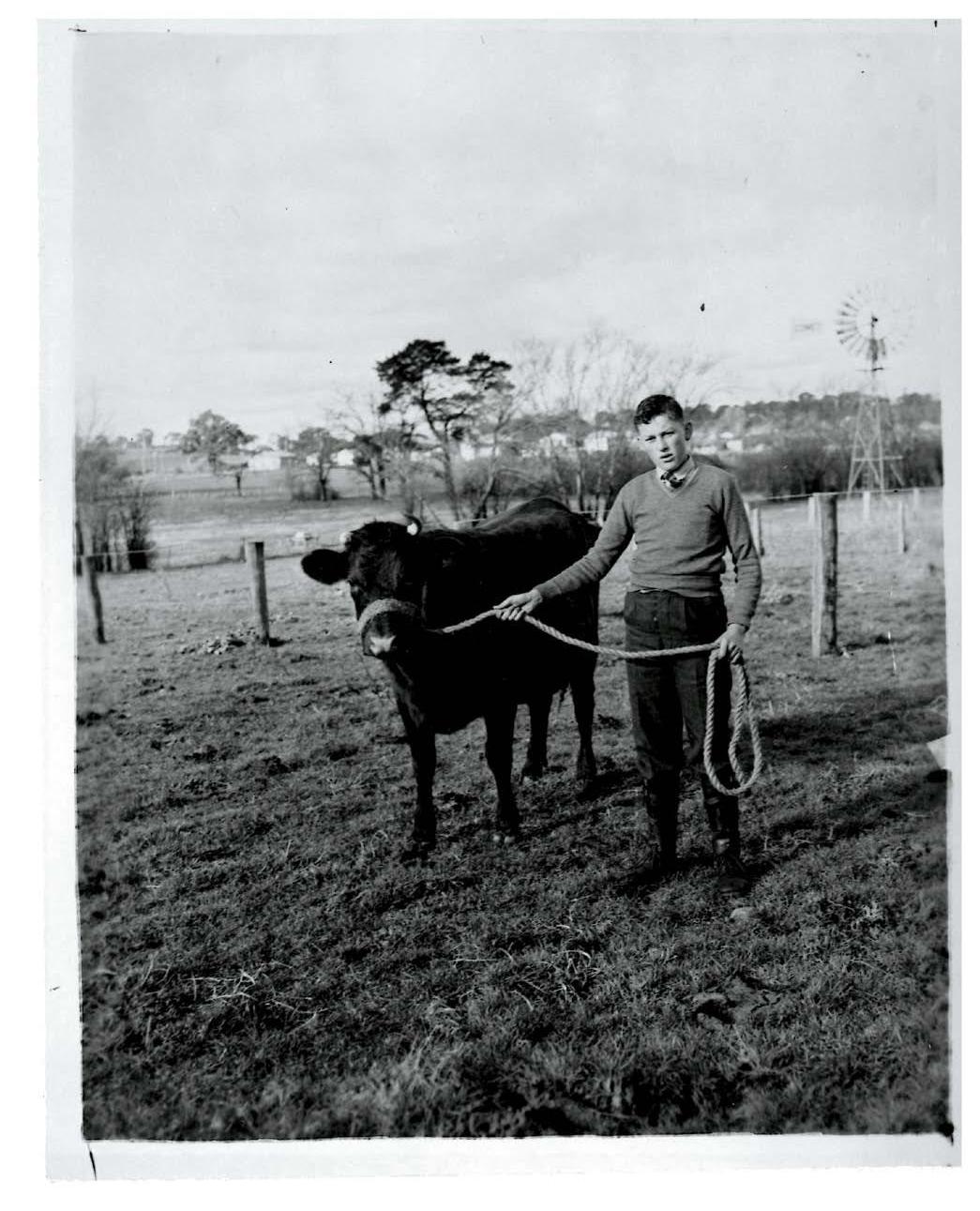
The School, almost 90 years on, remains focused on providing an outstanding facility for students to develop and enrich their educational opportunities in agriculture, while focusing on maximising the value of this important strategic asset.
The KWS farms have been a signature element of the School for well over 25 years. There is justifiable pride in the success that the KWS co-curricular cattle teams have enjoyed over many years and the School Council is actively committed to maintaining its prominence into the future.
In 1986, having experienced significant growth following the amalgamation with Presbyterian Ladies’ College in 1975, the School began to develop its own Poll Shorthorn Stud, with Mr Rod Nash involving students in stud cattle management, show preparations and show etiquette.
In 2015 the emphasis of the cattle team shifted away from a model of exclusivity involving around 12 students in the showing of stud cattle from the DKW Angus Stud, to one that provides greater opportunity for more than 130 students to have hands-on practical experience. Moving forward, the intent of the cattle program remains a “paddock to plate’’ model, utilising steers rather than stud cattle. This has opened up the former cattle team to involve students who are studying Agriculture as an elective from Years 9-12. This has provided more educational value for students and allows for a far more inclusive approach.
Students will continue to have the opportunity to show cattle, competing as a school at various shows within the region. Currently, students are preparing the steers for the Parkes Show with a different group of students being involved in other shows such as Manildra and Forbes.

Next Steps
The cross-faculty team will continue developing a framework for the K-12 agricultural studies program and exploring how all aspects of a commercial farm operation can be integrated across subject curricula and provide practical opportunities for improved teaching and learning.
The School will provide an update to the community as progress is made on that critically important task.
History of Agriculture
The study of agriculture has been a signature element of KWS for generations. Over 80 years ago the former Principal of Wolaroi College, Mr Stanley Brown, recognised that the war years proved to be restrictive for the country and, as a result, saw a need to cater for country boys who were destined to return to rural occupations. In 1932, Mr Brown introduced Agriculture into the curriculum and appointed an agricultural instructor to the teaching staff. There was much speculation and perceived risk surrounding the decision following the effects that the depression had on boarding school enrolments as well as the fact there were specialist agricultural schools already in existence. However, classes were formed and boys received both practical and theoretical instruction in cropgrowing, horticulture, livestock, dairying, poultry keeping and bee-keeping, and so began the School’s long association with and commitment to the land and associated agricultural practice.
In 1938, the purchase of additional land adjoining Wolaroi College meant there was ample room for practical agriculture, including a dairy herd of pure-bred Jerseys, an orchard, a poultry run, a piggery, lucerne plots, farm grazing and agricultural paddocks. The School was largely self-sufficient, with vegetables grown in a market garden located on the site of the present day Preparatory School, and milk from the dairy which also operated out of the School.
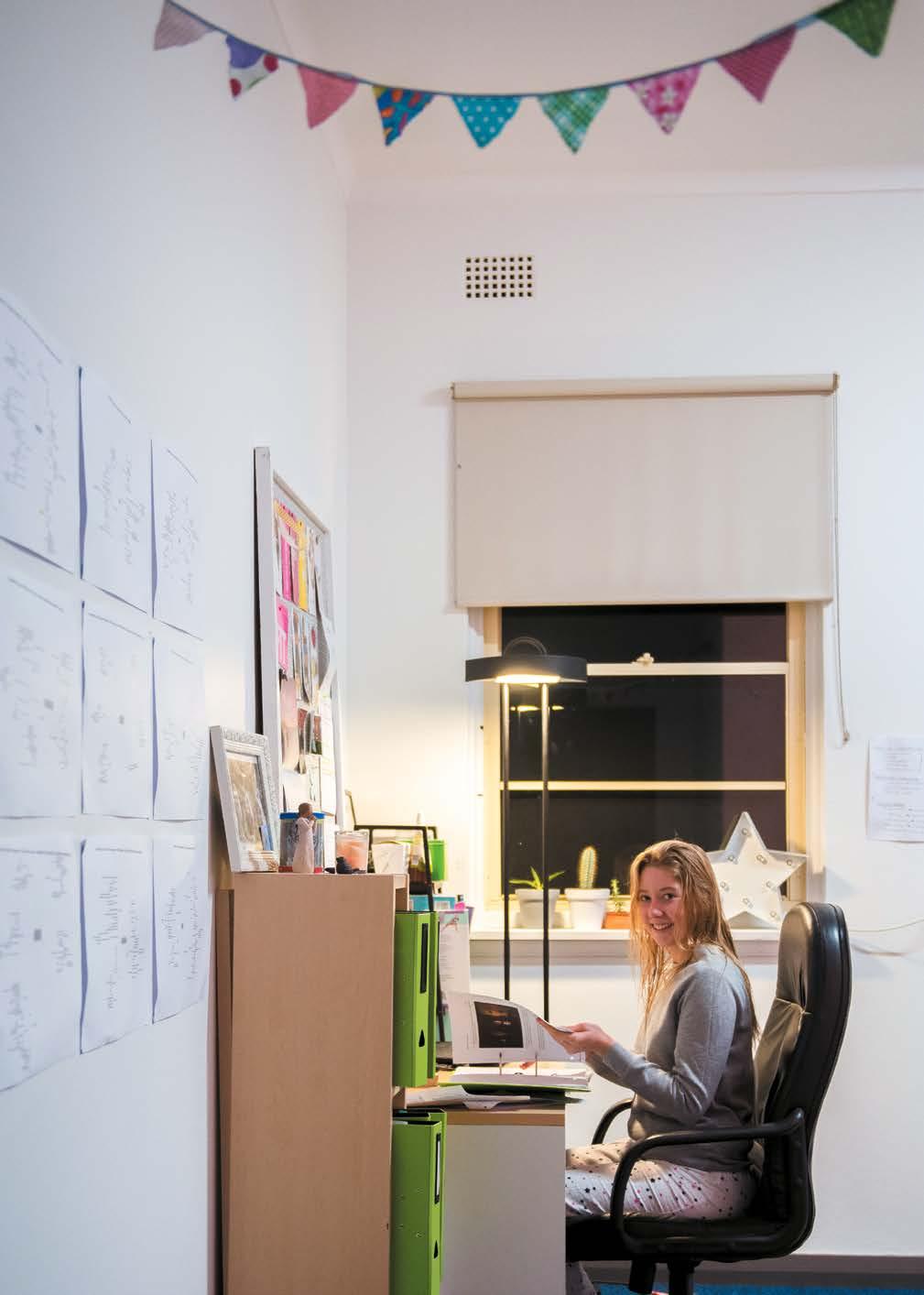
Over the summer break some changes were made to the living arrangements of boarders before they returned to school for another busy year.
SUMMER OF BUILDING IMPROVEMENTS
The Property Department worked tirelessly to upgrade the boarding houses at KWS in order to significantly improve the living standards for all boarding students and to make the space where students spend much of their time more enjoyable and purposeful. Changes were made to the boys’ boarding houses located on the Wolaroi site (including Trathen, Weymouth and Tower) and the girls’ boarding houses located at the PLC site (including Stuart Douglas, Loader, Miller and New House).
While Samuel Vail, Boarding House Captain of Trathen, was most excited about the new king single beds (for seniors) and that his feet no longer “hang out the bottom”, there were numerous changes made across the accommodation sites, including: — Trathen, Weymouth, Tower, Loader, and New House each received a fresh coat of paint highlighted by a feature wall to not only add colour but also personality. — New floor coverings installed to all of Trathen House, with partial replacements to five of the remaining houses. — New LED lighting replaced all fluorescent lights in all the boarding houses to not only improve energy efficiency but also provide light which is much more conducive to students being able to study and concentrate. — Fixed furniture installed in all boarding houses to varying degrees, particularly for the Year 11 and Year 12 students. — Best Practice fire systems were installed.
These changes have certainly been welcomed by boarding students, providing a more appealing, welcoming and workable environment. Loader Boarding House Captain, Minna Squire, says that “the biggest difference is the paintwork; it has made it a happier space to be. There are much nicer sitting areas to go to and relax and the added storage under the beds is really practical.”
KWS is excited to embark on the journey of a Master Planning Process which will shape the physical development of the School over the next 25 years. To keep pace with developments in pedagogy, the objective is to create more interactive and collaborative work spaces to support the delivery of a rich, challenging and innovative learning environment for KWS students.
KWS prides itself on being a school where all students can find a place and feel at home.
BLACKMAN AND WILLIAMS: TWO NEW TUTOR HOUSES SUPPORTING STUDENT WELLBEING
Regardless of age, family situation, background, interests, abilities, future ambitions, health status, day or boarding situation, or anything else that makes us special and interesting, all students and their personal qualities are valued and celebrated. KWS offers a wide range of elective subjects and a diverse program of co-curricular activities to help ensure that our students can find their niche and have an opportunity to shine. Closely aligned to this, and underpinning every aspect of our more formal academic and co-curricular programs, is the Wellbeing platform centred on eight Tutor Houses. At KWS, the term Tutor does not refer to academic tutoring or coaching, but to pastoral matters.
Tutor Houses are a pastoral oversight structure; since its inception, KWS has had Tutor Houses. Originally four in number (Brown, Douglas, Gordon and McLachlan), during the mid-eighties Dean and Richards were introduced. The six Houses supported students admirably for over twenty years.
Commencing this year, there are now eight Tutor Houses with the addition of Blackman House and Williams House. As the student population has grown considerably at KWS, the two Houses were introduced to strategically improve the Tutor to student ratio and foster stronger relationships. They are proving to be strong, well-led and happy places for the students in them. Year 11 student, Maxine Cottrill, moved from Dean House to Blackman House looking for a fresh start and to be a part of something new. “It’s a new House with new characteristics. It has a nice family environment where everyone knows everyone. It is smaller than Dean House which creates a very supportive environment. There is more opportunity to ask for help and clarification”.
These houses are of significant historical value with Blackman House being named after Rev Everard Harley Blackman OAM, School Chaplain at KWS from 1979-1989. Williams House is named after Rev David Williams, former Principal of KWS from 2002-2006. Rev Blackman graduated from the University of New England in 1975 with a M.Ed.,
M.Ed.Admin., and was a man with wide academic, pastoral and social work experience. Rev Williams undertook his tertiary studies in Canberra and Melbourne. He brought to the School strategic planning capabilities and implemented a successful performancebased assessment process to encourage the high quality of teaching excellence present in the School. Both men took a strong interest in the Tutor House system and were known for their work in assisting with Pastoral Care amongst the students and seeing opportunities to utilise talent and skill.
A Tutor House typically has around a hundred students in it, from Years 7 to 12. It is led by a Head Tutor who has a reduced classroom teaching load to allow for the preparation of programs for the House, to keep good records, to be in contact with parents and to meet with students and Tutors as required. All general welfare matters are overseen by the Head Tutor, as are most disciplinary and behavioural concerns. If you feel your child is not making progress across more than one subject area, or is not travelling well emotionally, the Head Tutor is the first person to contact.
Each student is a member of a Tutor House, and within that House, a member of a Year-specific Tutor Group. For example, in Brown House, there is a Year 7 Brown group, a Year 8 Brown group, a Year 9 Brown group and so on. Students meet with their Tutor every day, just prior to recess, for twenty minutes. One day per fortnight the whole House attends a chapel service led by the Chaplain and some senior students from the House and each Tuesday students attend a full-school assembly, where they sit with their Tutor House.
During a Tutor period, the roll is marked and other administrative matters handled. The main focus, however, is on student wellbeing. There are both formal and informal programs, some vertically integrated activities, study skills information, reading time, checking of homework diaries and so on. The flavour of a Tutor Group depends on the Tutor and students in the group but regardless of these individual differences all Tutor Houses have a collective “vibe”. The students have a powerful sense of identity with their House, manifested very clearly at carnivals and the House Spectacular.
— Head Tutor Matthew Smedley with the Captains of Williams House Head Tutors are a part of the wider Wellbeing Team. Each week they meet with the Head of Senior School, the Chaplain, the School Psychologist, the Year 7 and Year 12 Co-ordinators and the Co-ordinator of Indigenous Students to discuss individual student issues and to draw up targeted programs according to needs identified, perhaps across a Year group or across a specific group of students. The Wellbeing Team is a very collaborative team, mutually supportive and dedicated to making the school the best possible place it can be for each child.
The best learning happens when a child feels safe, valued and secure at home and school. Since quality learning is our top priority we do our best to make sure that the pastoral and wellbeing platforms do their bit to make it happen; conversely, students who are learning and achieving well have an improved sense of personal wellbeing and satisfaction, so the two go hand-in-hand.
